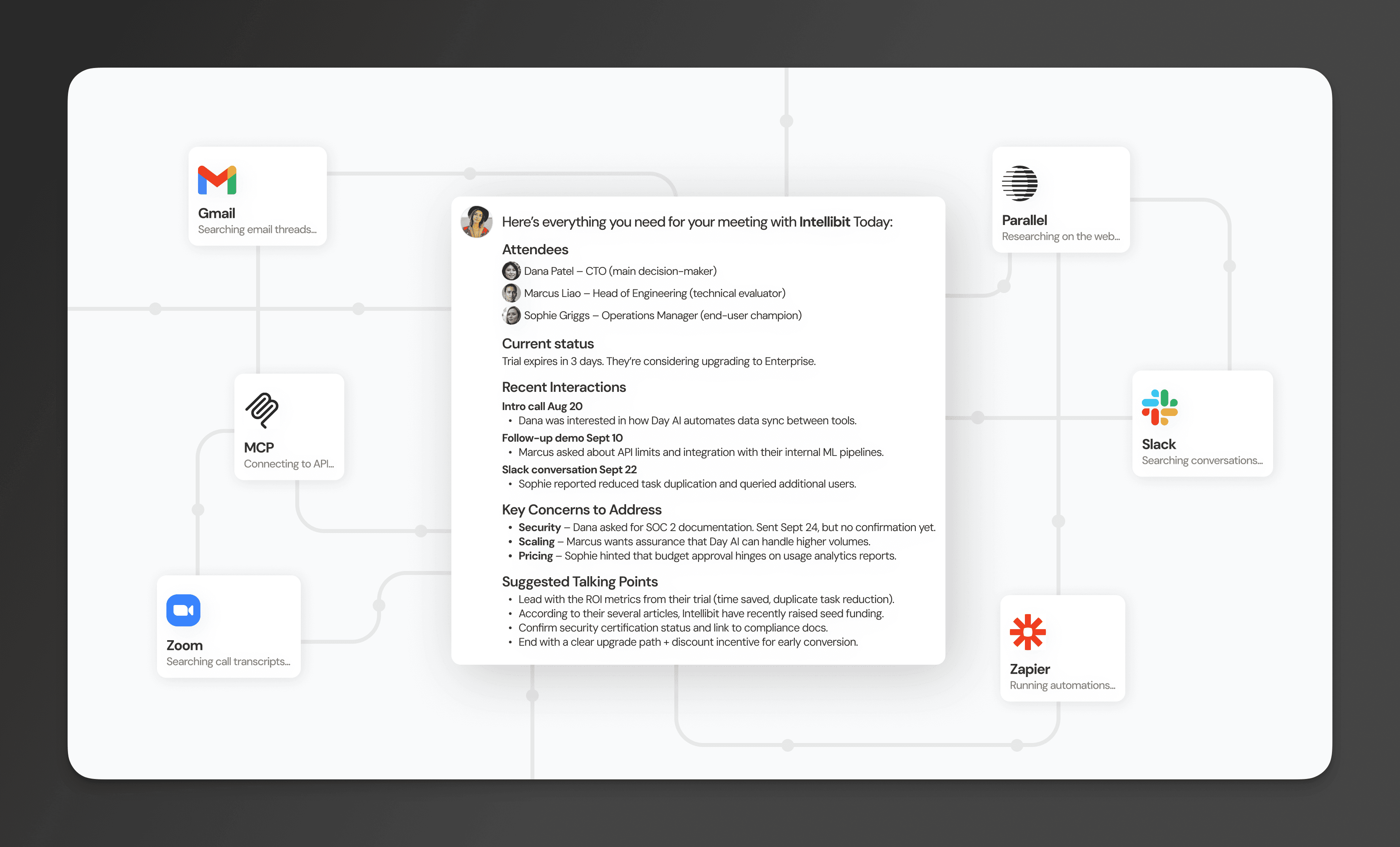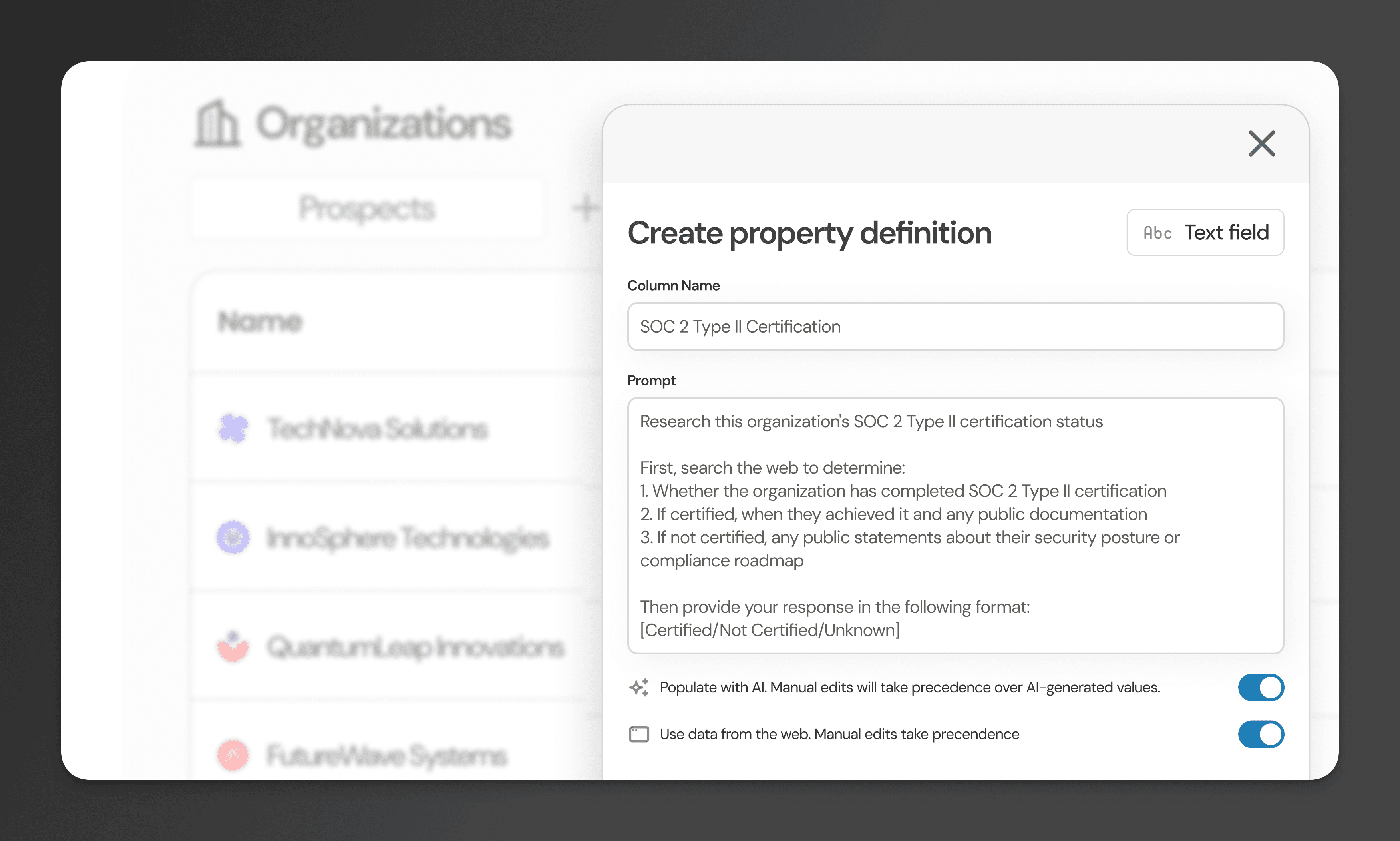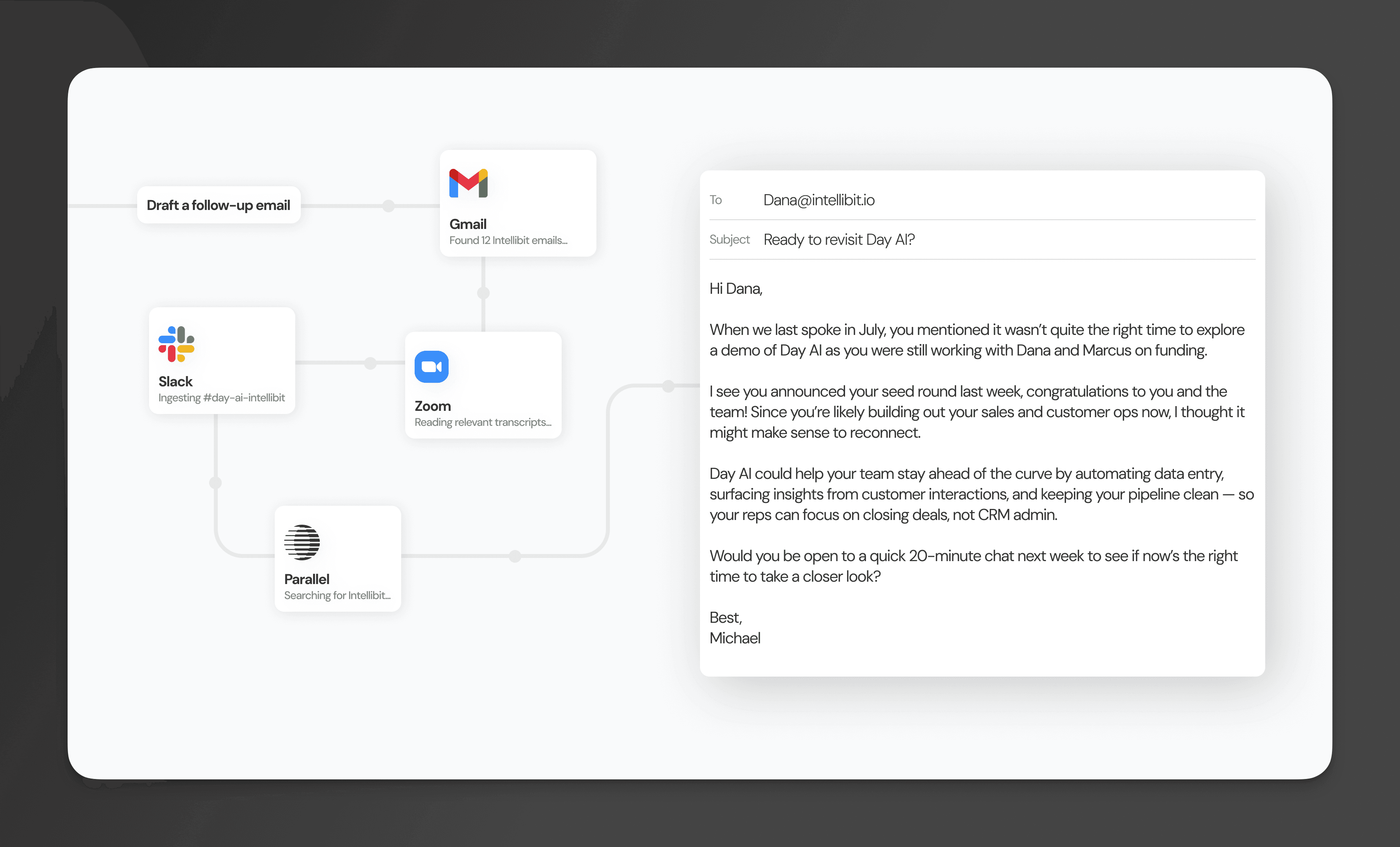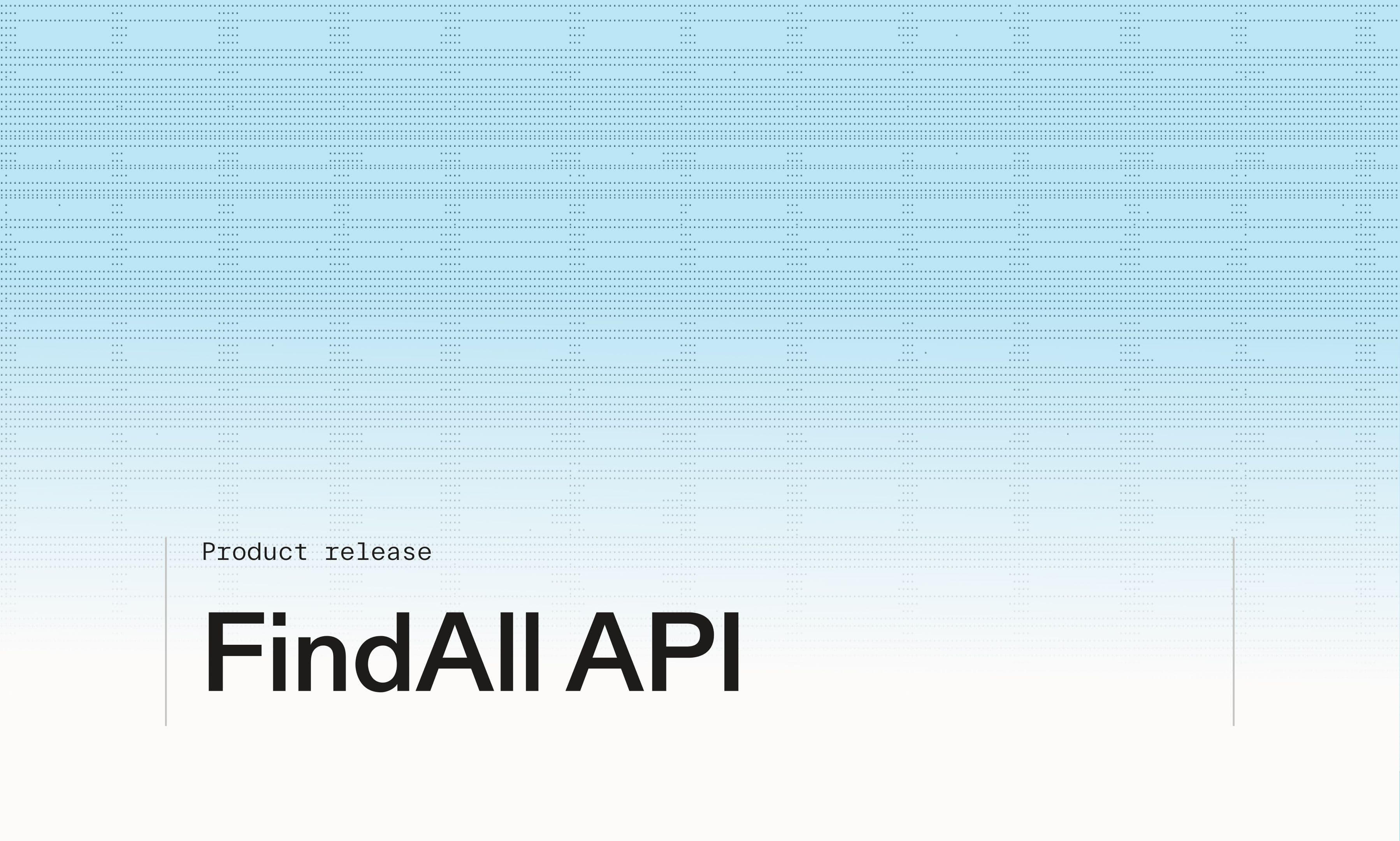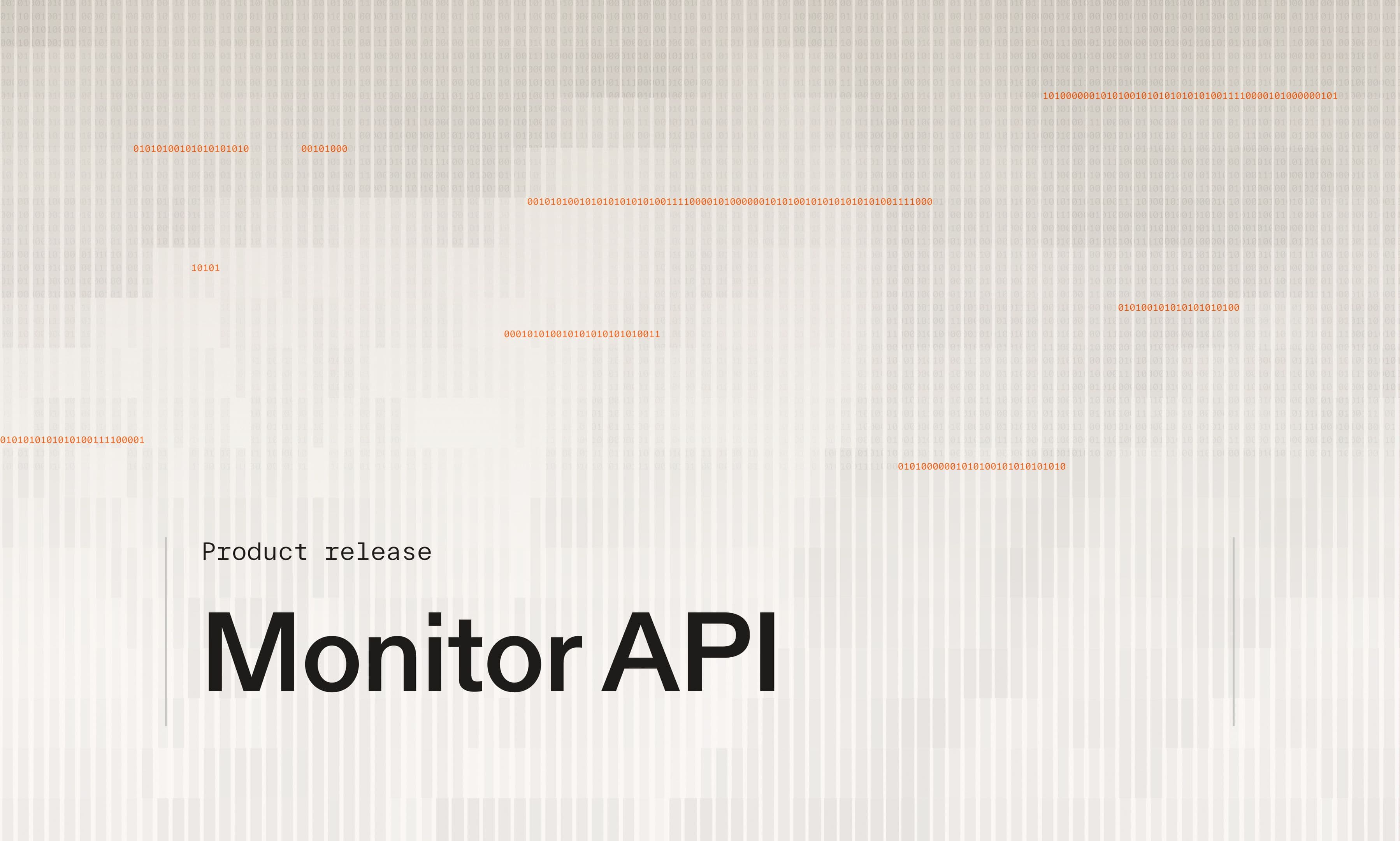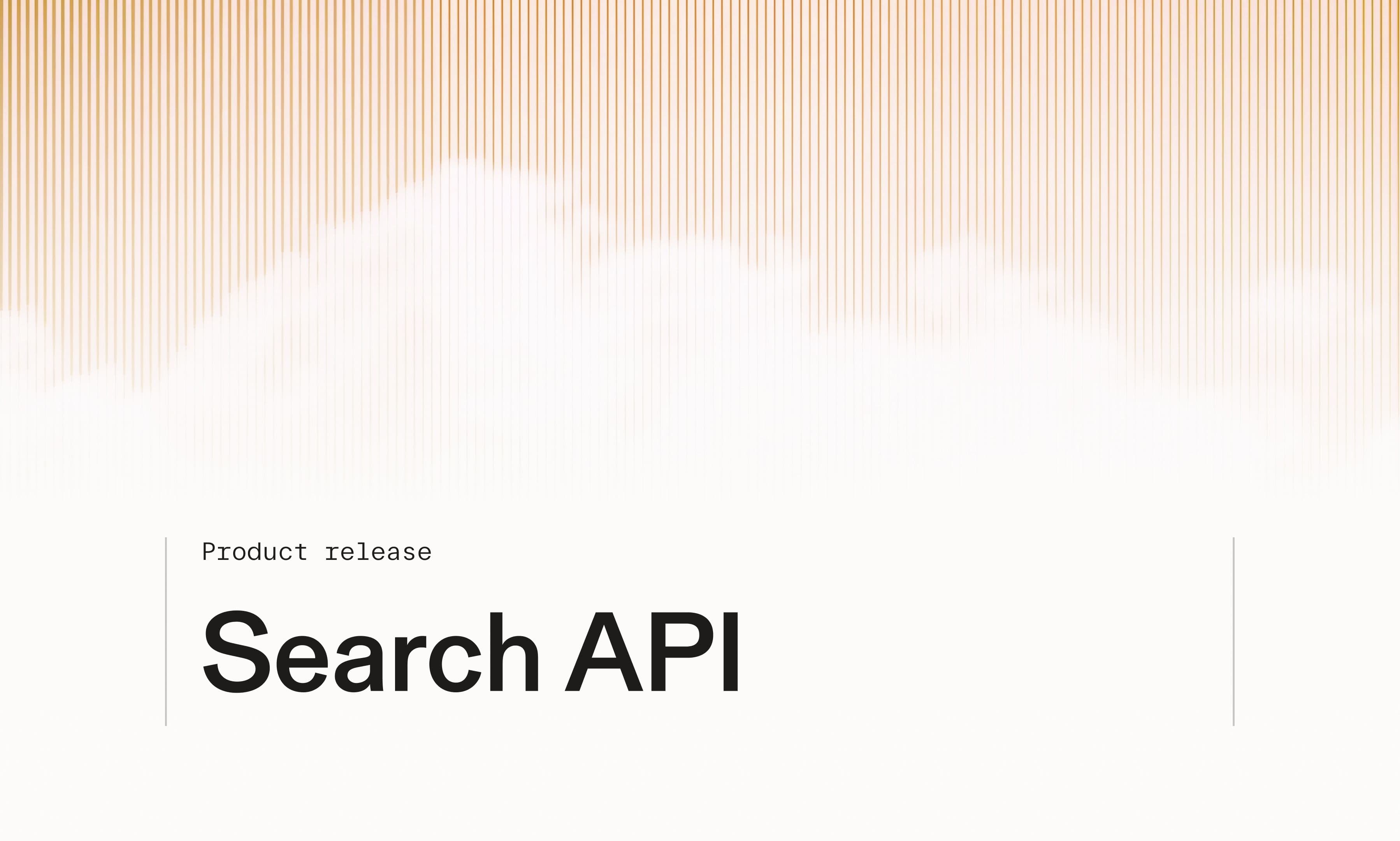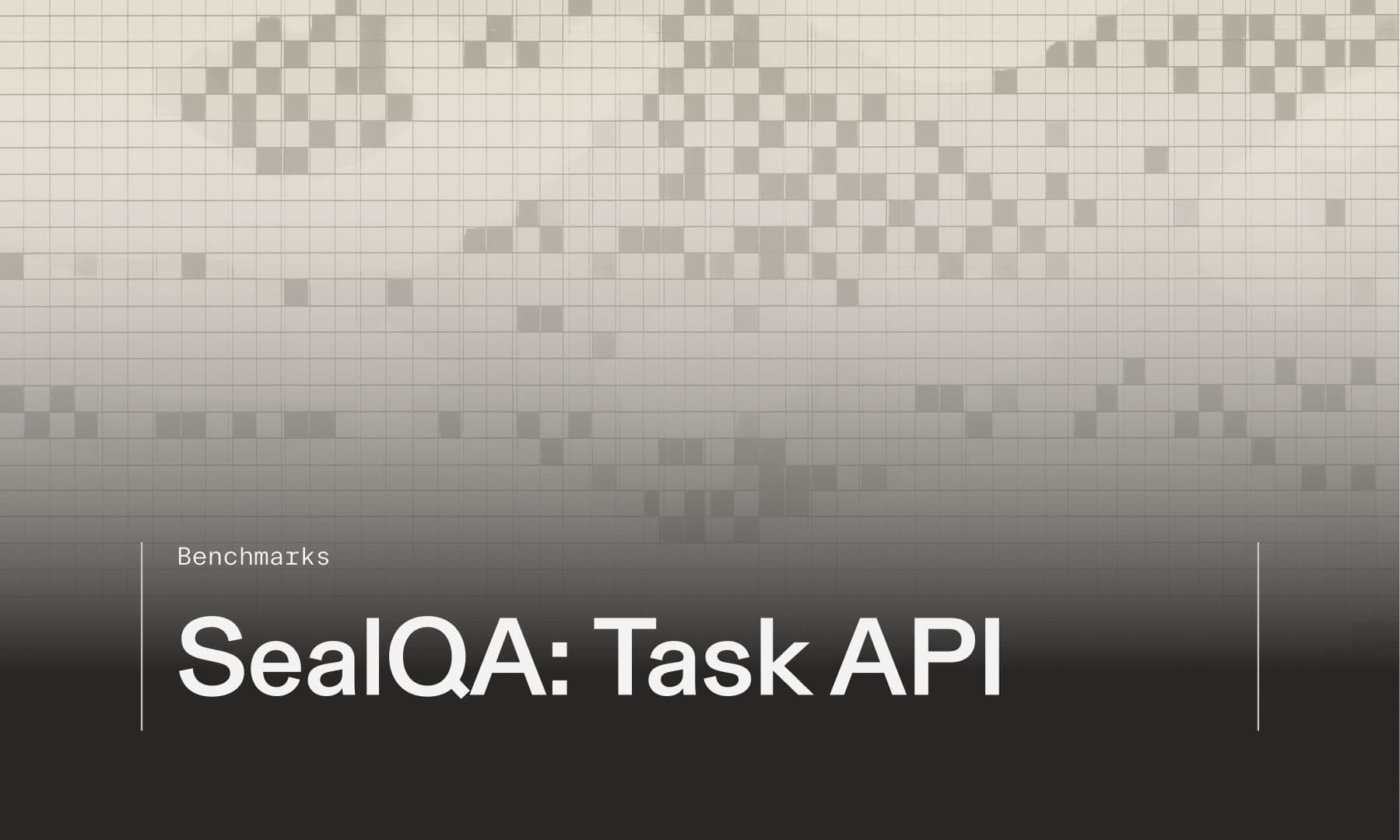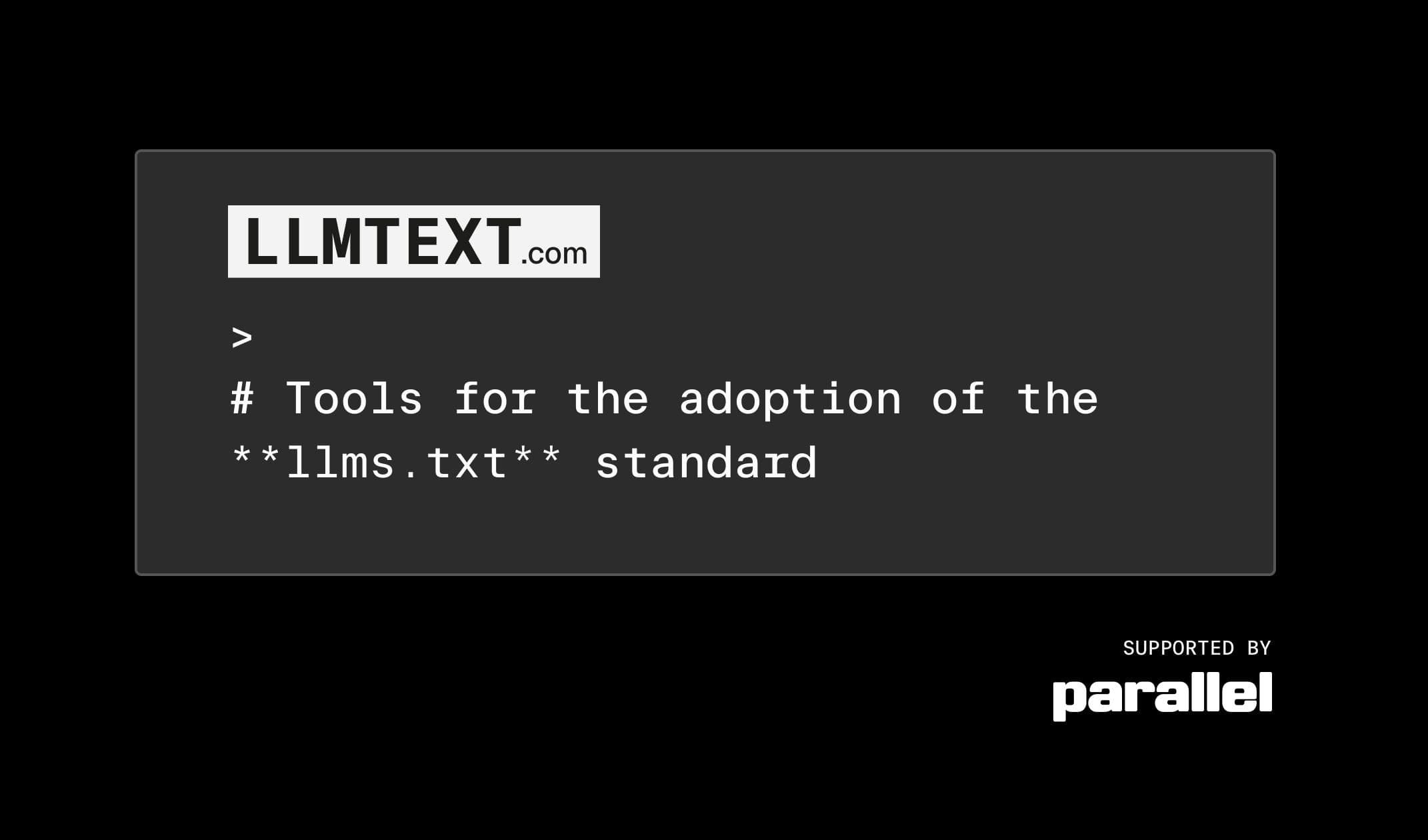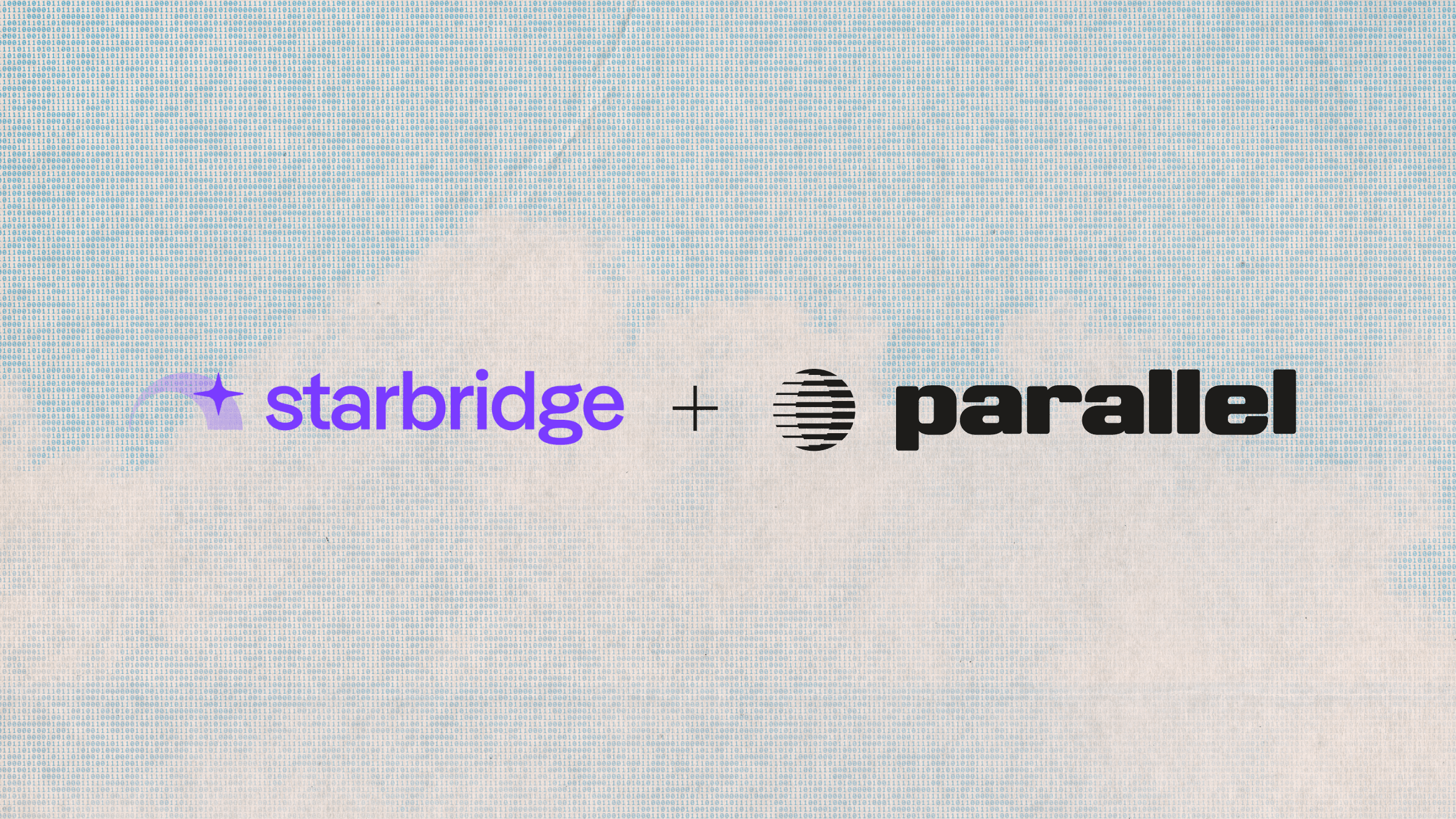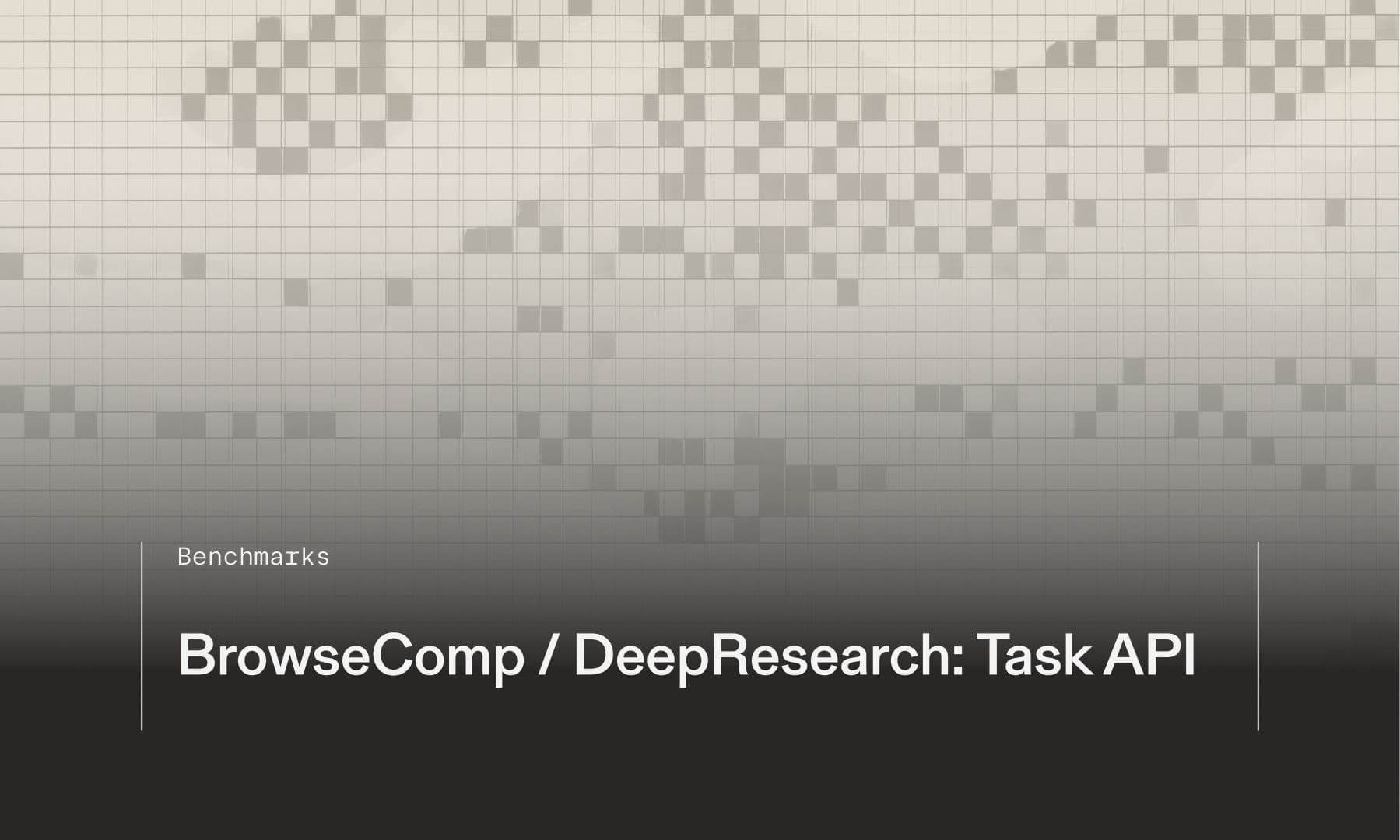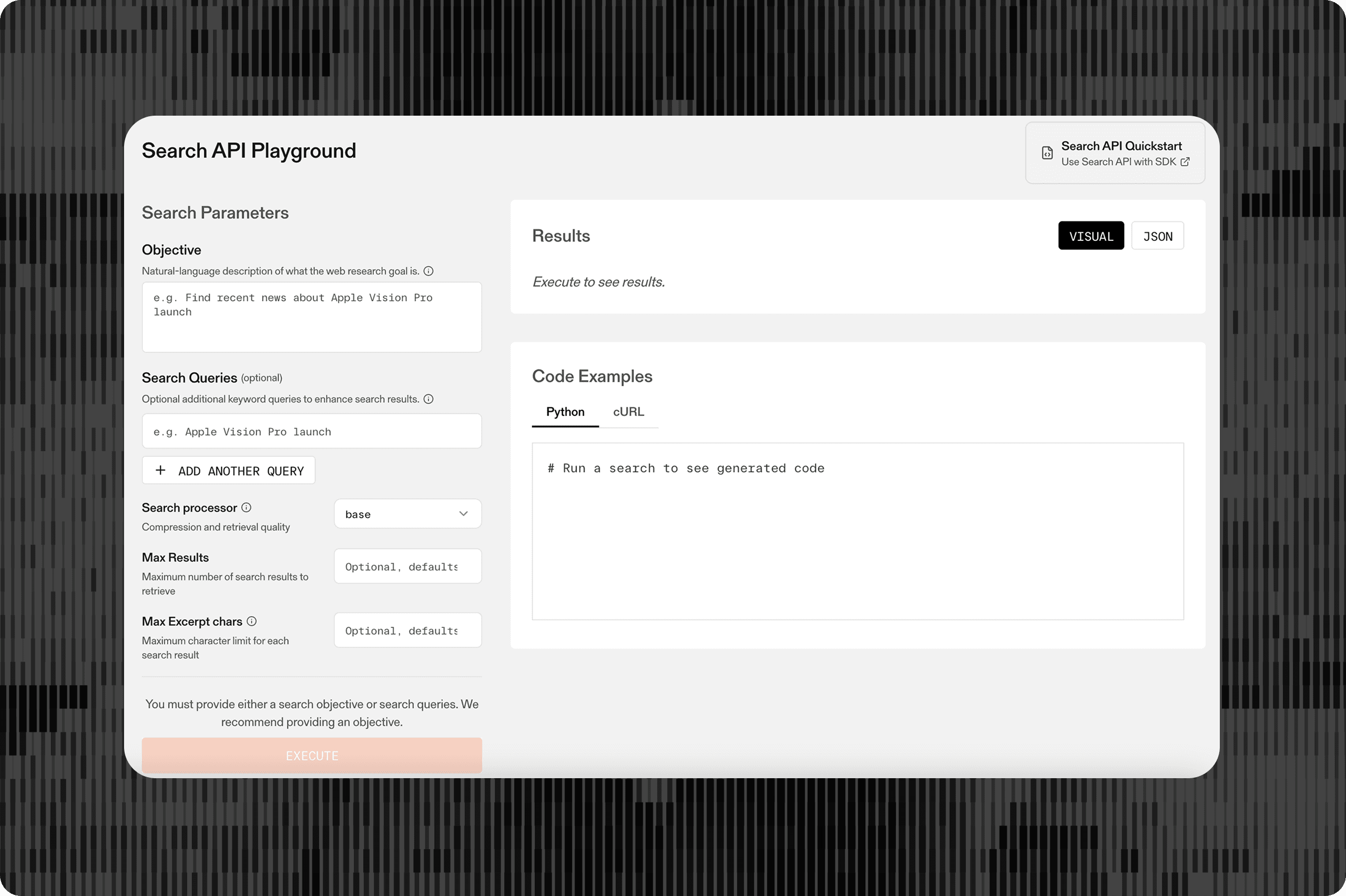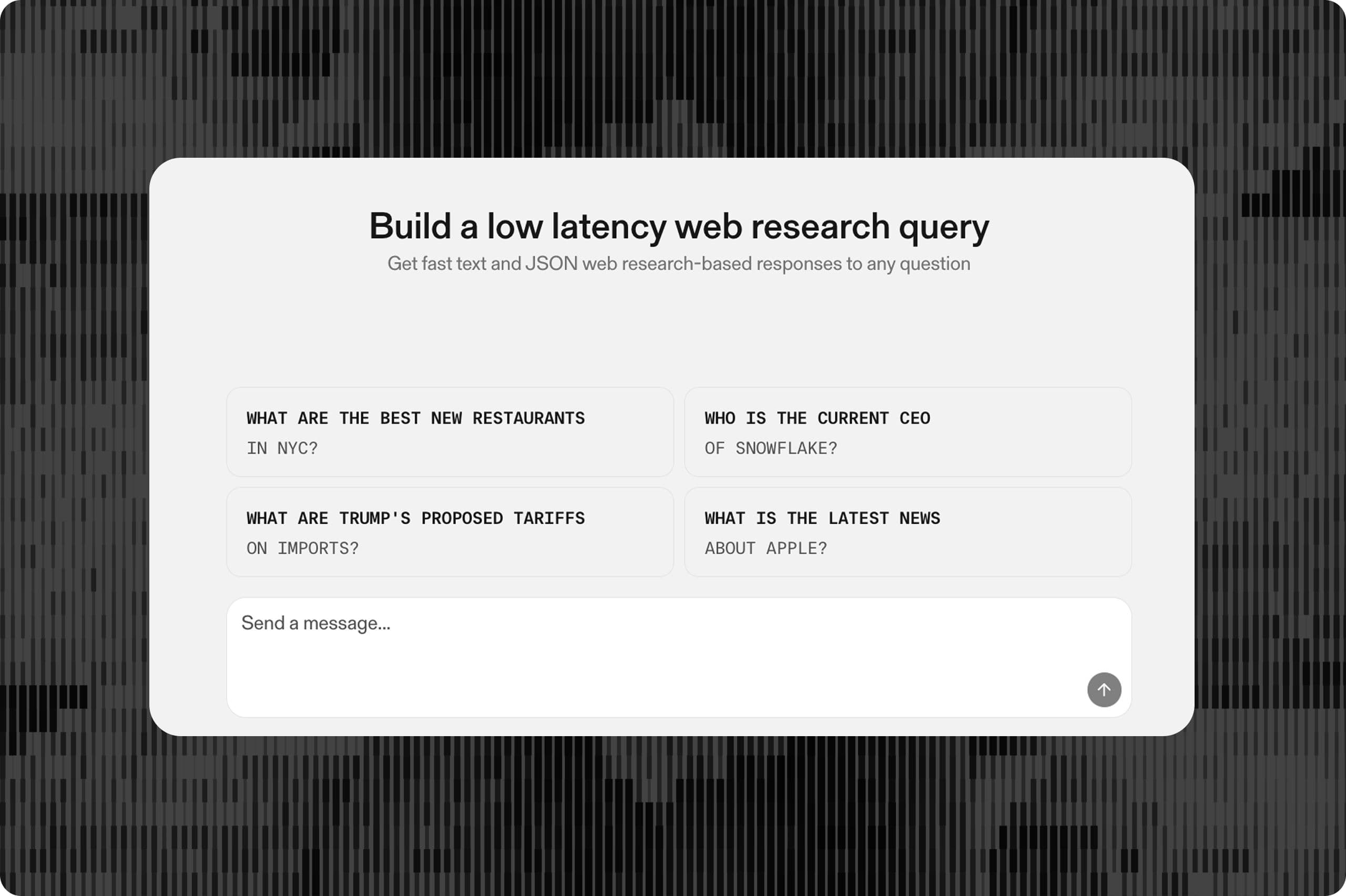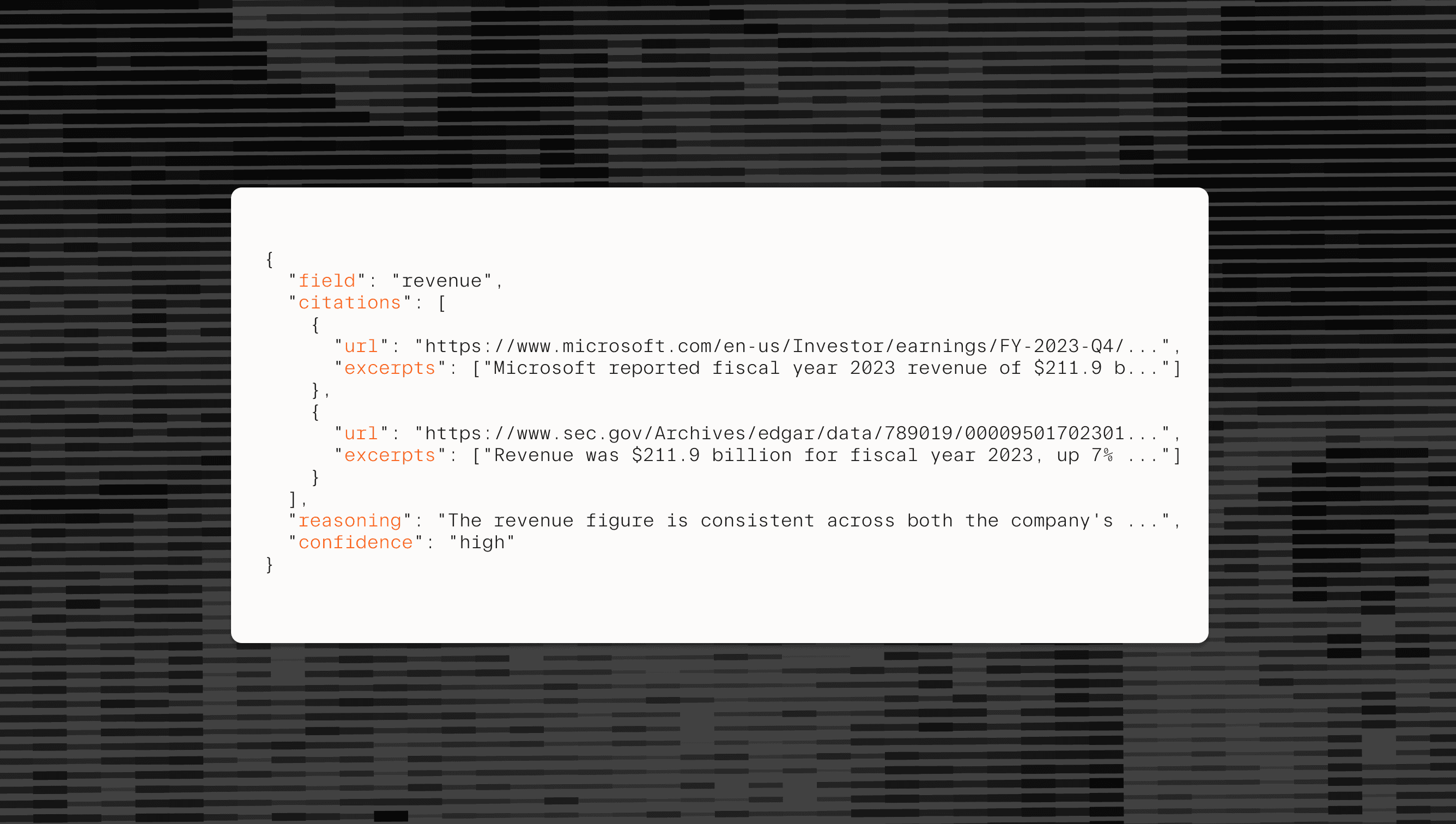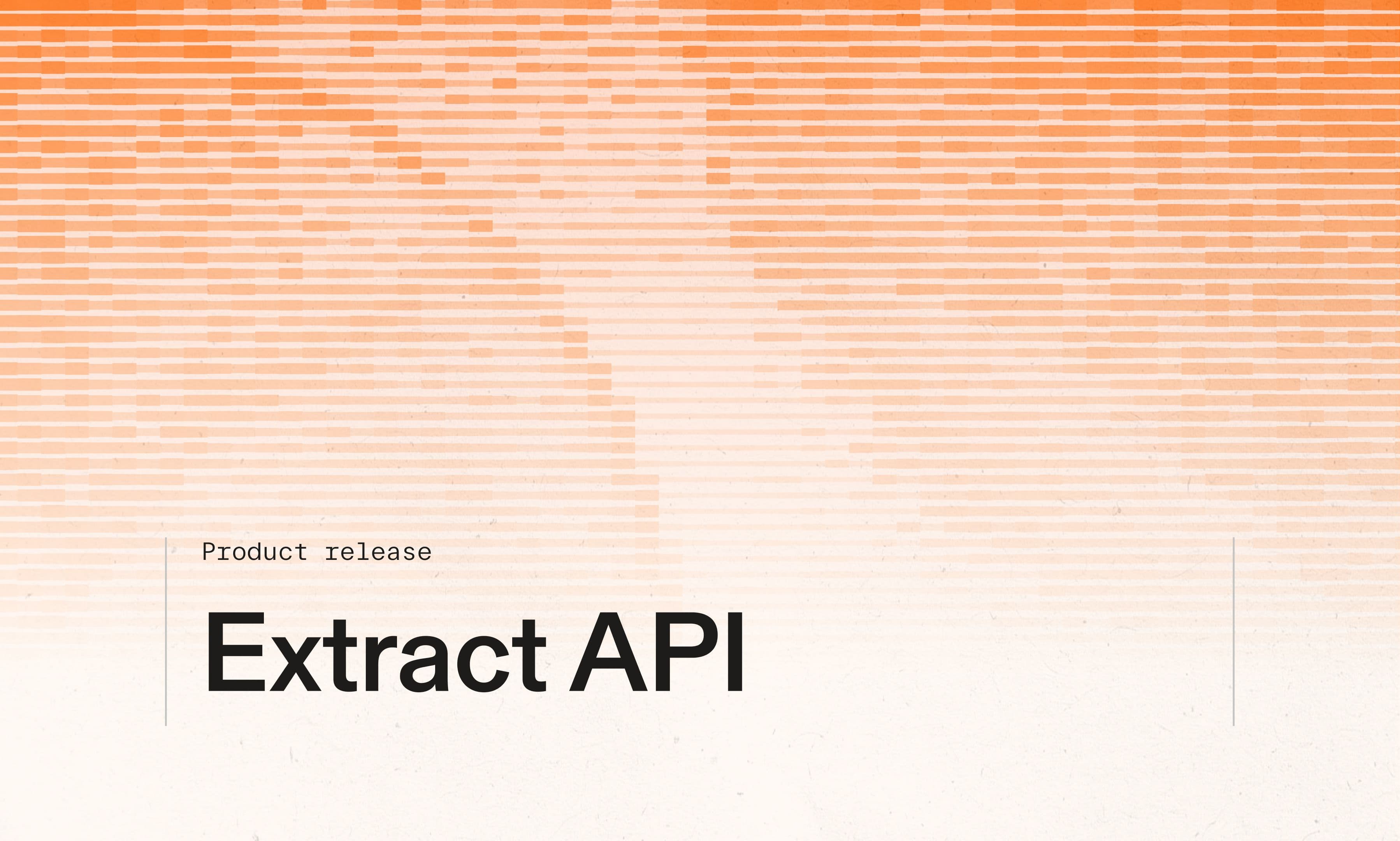
# How Day AI merges private and public data for business intelligence
Day AI is an AI-native CRM that you can talk to. Their platform combines data from leading SaaS tools like Slack and email, with public data gathered and structured via Parallel’s Task API to help their customers sell better. With Parallel’s web search technology backing it, Day can provide superior visibility of insights across private and public data for a more holistic view of sales opportunities.
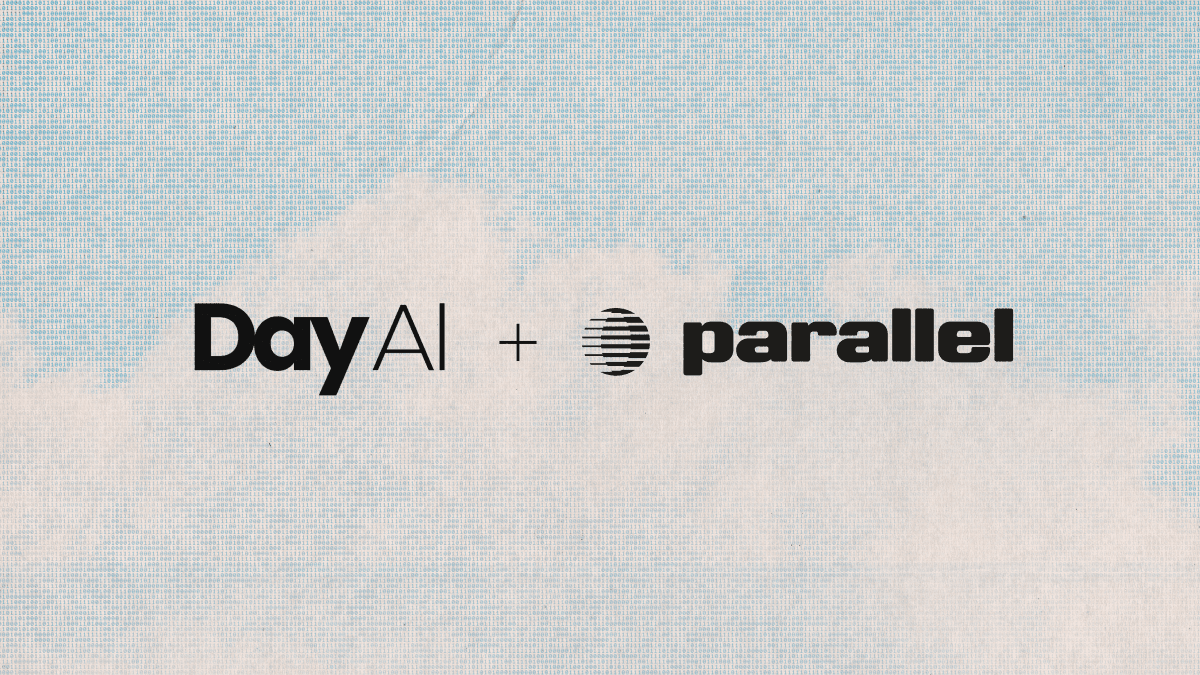
## **The isolated data problem**
Internal business systems lack external context. A Slack approval message exists separately from web data showing that person's decision-making authority. Meeting notes about Q4 priorities don't reflect the company's publicly announced strategy. Customer conversations happen without knowledge of recent leadership changes or competitive moves.
"Nobody has ever had a system that woke up in the morning and said, 'I know why these deals are stuck— let's do something about it,'" says Christopher O'Donnell, co-founder of Day AI. "The magic happens when you combine what's being said privately with what's happening publicly."
## **Three levels of web intelligence**
Day AI identified three capability levels that determine whether public data can enhance private systems:
**Level 1: Basic extraction** – Extracting company names from domains using simple parsing or basic AI prompts.
**Level 2: Structured research **– Determining facts like SOC2 compliance requires navigating sites, checking search indexes, and interpreting findings.
_"You might need to decide where to look. You might need to see what capabilities you have to discover the site."_
**Level 3: Advanced reasoning** – Multi-step research that builds contextual narratives from multiple sources. For example, if selling SOC2 compliance, the system determines the market narrative for why a specific company needs SOC2, who they're selling to based on case studies, relevant customer testimonials, LinkedIn posts, and knowledge base documentation.
"Triangulating that level of reasoning data while also natively moving around the web—being able to do both of those things—that is still uncommon". This level is where Parallel's capabilities are on full display.
## **Technical architecture**
Day built what they describe as "a cube of sources, reasoning and versions" rather than simple key-value pairs.
**Global pre-processing with selective computation** – Day pre-processes organization data globally but performs selective, on-demand processing for specific queries. They store computed values like SOC2 sales narratives as custom properties while maintaining flexibility for real-time research.
**Version control with citation preservation** – Every data point maintains complete history. If someone updates information based on a phone call, that human input takes precedence, but the system preserves all versions with source citations.
"We need to be able to store all of those versions of the data and include all of the references to why they are what they are."
**Semantic data beyond structured fields** – Day captures semantically rich information like company values, mission statements, and marketing promises.
**Multi-source synthesis at query time** – When new data arrives (like a meeting recording), the system re-evaluates context across sources.
**LLM-optimized storage** – The data structure is designed for LLM traversal and comprehension. Standard fields like "goals and KPIs for folks in this opportunity" combine web research with meeting recordings, Slack messages, and emails.
## **Implementation example: Email generation**
When composing an email, the system analyzes the recipient company's public web presence—their stated values of "directness, accuracy, factual transparency"—and adjusts communication style automatically.
_“Fresh web context helps our users better understand their prospects and customers, and ultimately makes it easier to tune the best way to communicate with them."_
The data pipeline:
- Parallel researches and extracts company values, mission, brand voice
- Day stores these as semantic attributes in their multi-dimensional structure
- When generating communications, the LLM accesses this context
- Tone adjusts automatically without user configuration
This semantic data exists alongside structured fields, citations, and version history—all queryable by humans and AI systems. Users can see why any field contains specific values, when it was populated, and what sources were cited.
## **Results**
By integrating Parallel as their web intelligence infrastructure, Day built a system where private and public data streams merge into unified intelligence that can reason, explain, and act. The combination of multi-dimensional data storage, version-controlled citations, semantic enrichment, and LLM-optimized structures demonstrates how businesses can architect systems that leverage the full spectrum of available information.
"The magic of Day AI is it's doing this stuff without you even necessarily knowing and having those connections, and having them all just work."
By Parallel
October 8, 2025
